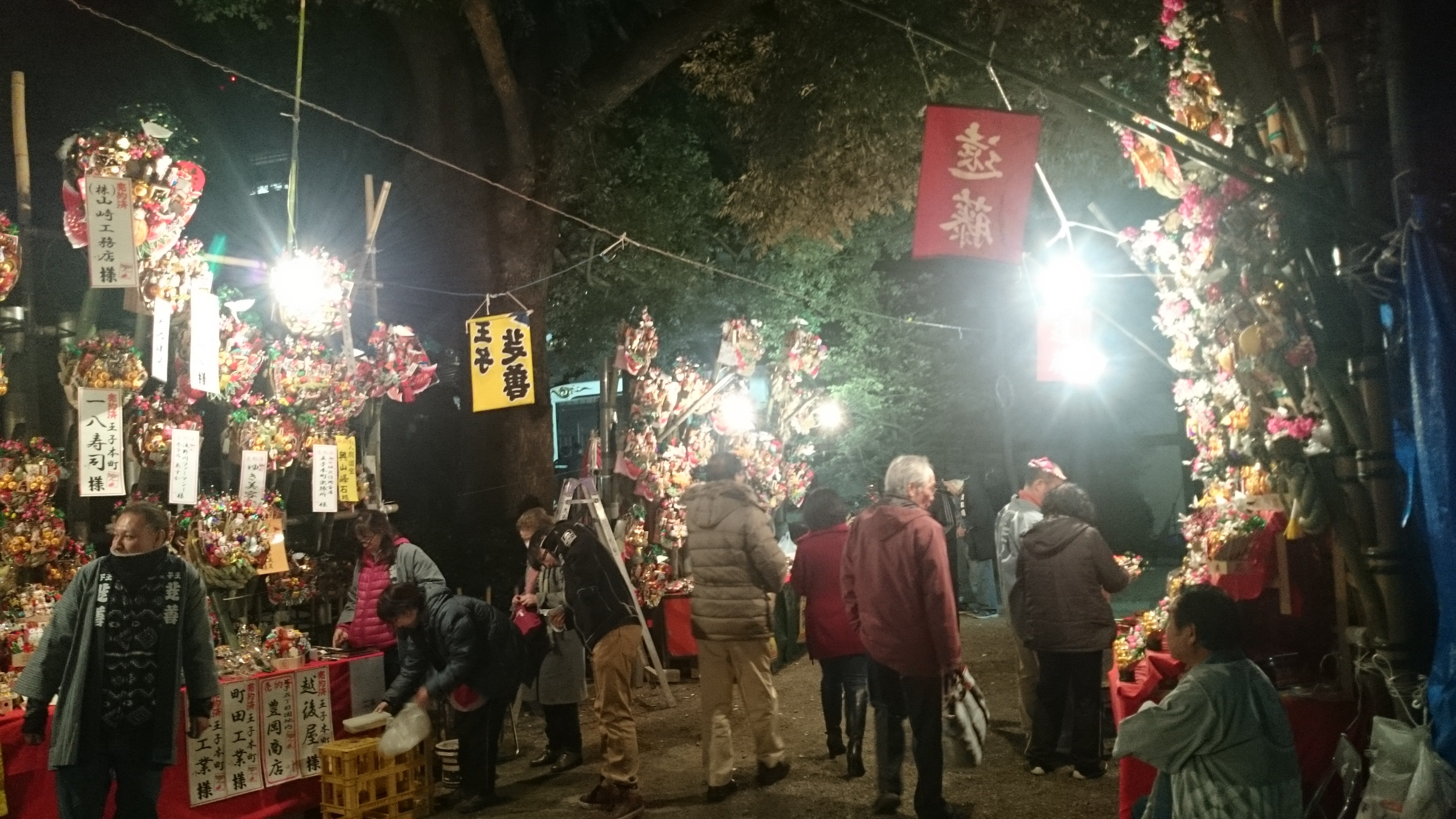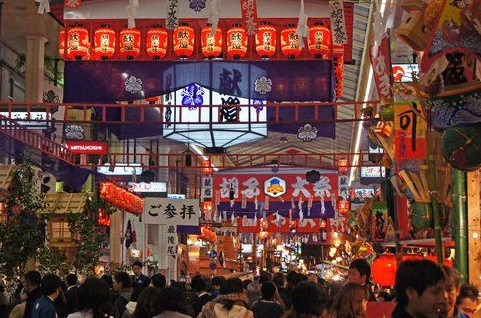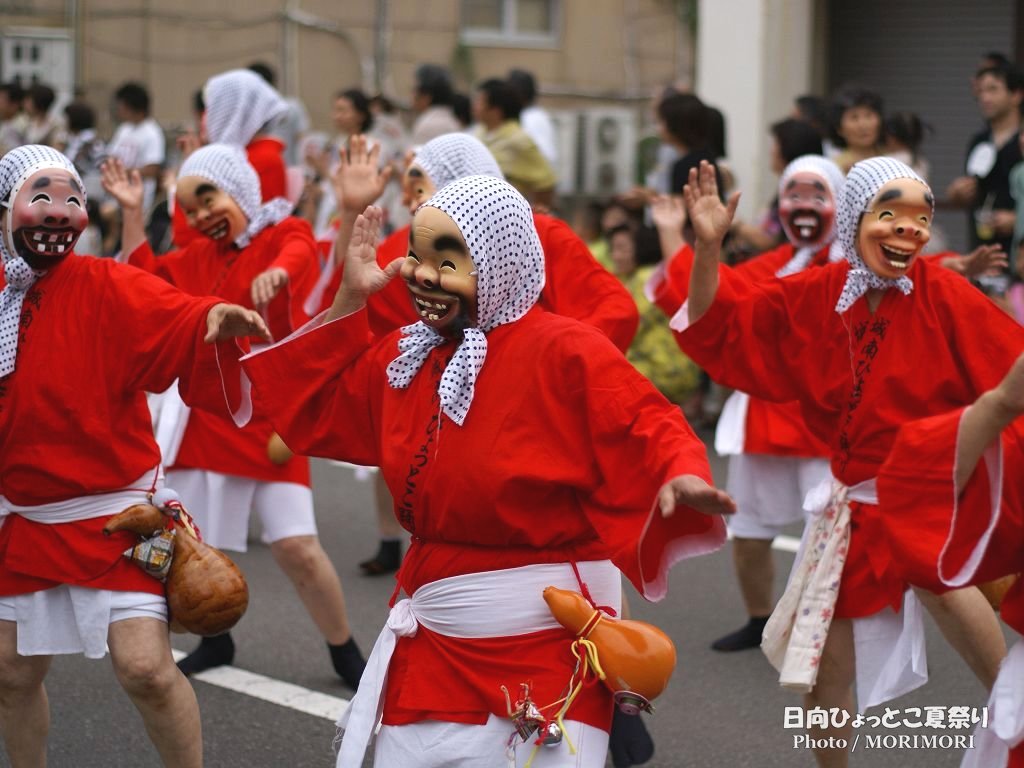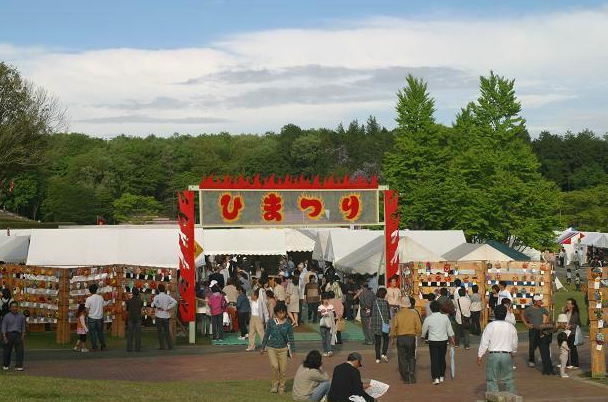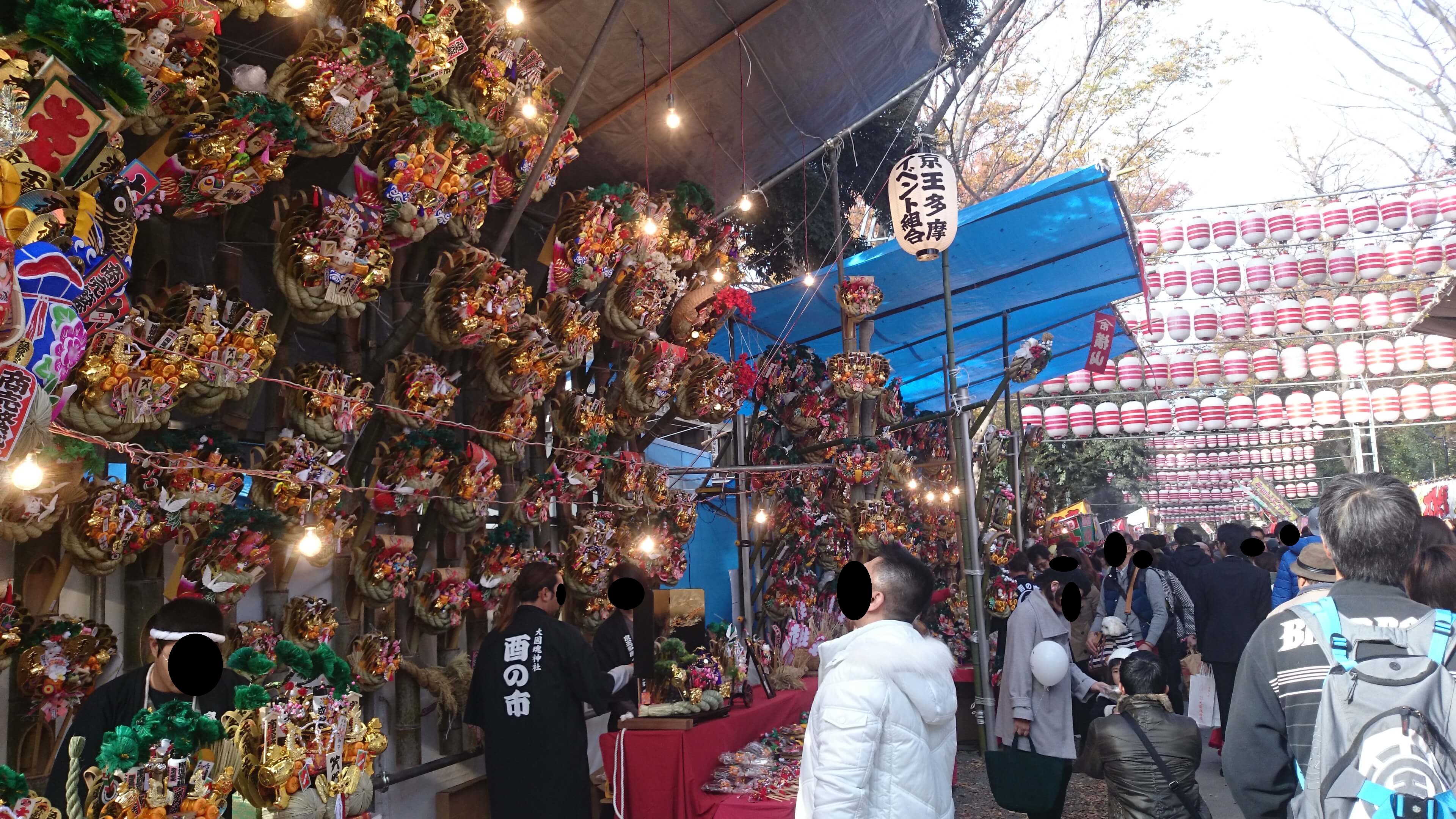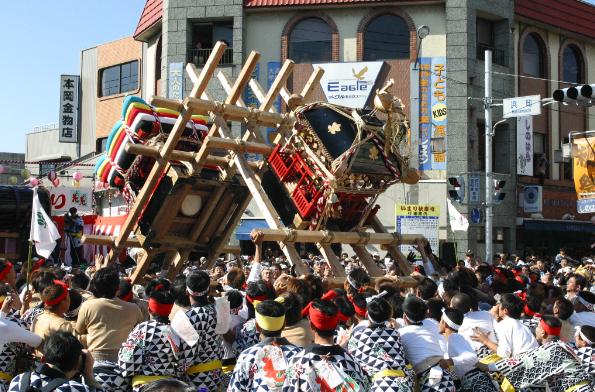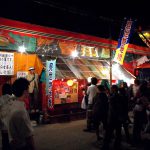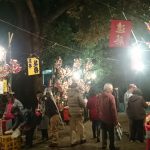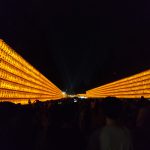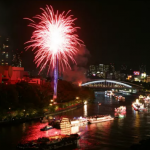Location: Oji Shrine precincts
Date: 11:00 AM to 10:00 PM (held rain or shine)
Access:
- Train: 5-minute walk from Oji Station on the JR Keihin-Tohoku Line and Tokyo Metro Namboku Line
http://www.kanko.city.kita.tokyo.jp/guidemap/event-kumade.html (Official Tourism Website of Kita Ward, Tokyo – Kumade Market at Oji Shrine)
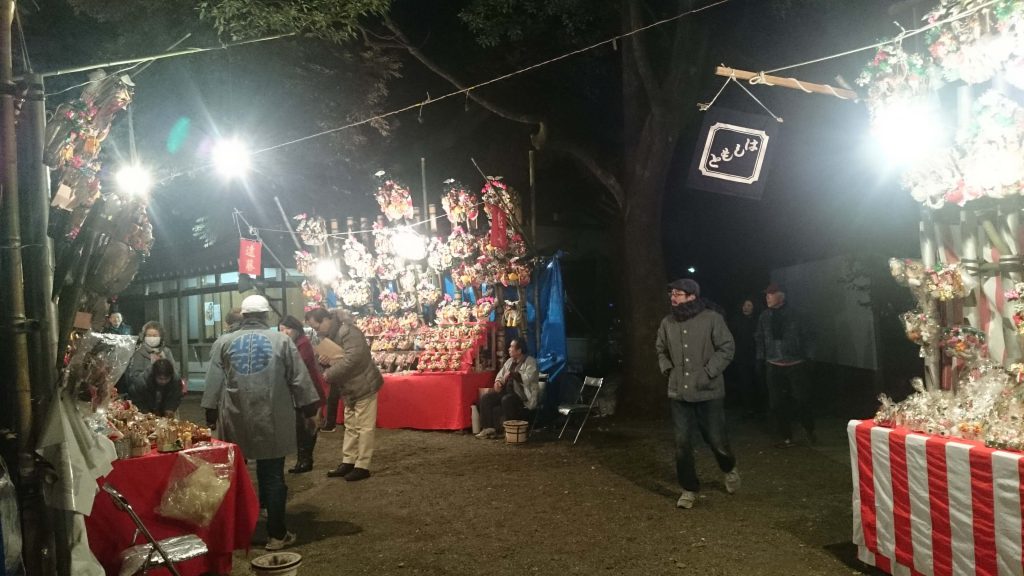
“Tori no Ichi” is an annual event held at various Ohtori Shrines, Tori Temples, and Otori Shrines across Japan, primarily in the Kanto region, on the Days of the Rooster in November. There are usually three Days of the Rooster in November, but in some years, there are only two due to the calendar.
The most lively day is the third Tori no Ichi, called “San no Tori,” which is even more vibrant than the first and second Tori no Ichi.
Additionally, the shrines and temples that host Tori no Ichi worship Prince Yamato Takeru, who is revered as a deity of military fortune, good luck, and business prosperity.
At Tori no Ichi, many more stalls are set up compared to other festivals, as evidenced by the sale of “engimono kumade” (lucky rakes) which symbolize gathering good fortune. This attracts a large crowd, making it one of the most lively winter festivals. The sense of urgency towards the year-end adds a different atmosphere compared to summer festivals.
(From the Festival Glossary: “Tori no Ichi”)

The festival we will detail this time is the “Oji Shrine Kumade Market” held in Kita Ward, Tokyo.
This festival is very small in scale, with fewer than ten stalls, including those selling lucky rakes (kumade).
However, it is precisely due to its small size that it has a unique atmosphere and a special feature that makes it noteworthy.
Firstly, as mentioned earlier, this festival is very small.
The number of regular stalls around the main torii gate of the shrine is only four or five, and even during the peak time around 6 PM, there were only a handful of visitors.
Despite this, the stalls selling lucky kumade were consistently visited by customers, and the chants for business prosperity, commonly heard at Tori no Ichi, echoed through the area, clearly identifying it as a genuine Tori no Ichi.
The most distinctive feature of this festival is that it is “the last Tori no Ichi in Tokyo.”
Although it is customary to hold Tori no Ichi festivals on the Days of the Rooster in November, this festival takes place in December. Since Tori no Ichi is a festival unique to the Kanto region, this festival is the last one held in the entire country for the year.
While the festival itself is quite small, my impression after visiting is that it is a wonderfully quaint and charming event.
In recent years, due to declining birth rates, small festivals have been decreasing, and the scenes of traditional fairs in small villages and towns are gradually disappearing.
However, despite this trend, this festival has managed to preserve the distinctive atmosphere of a traditional fair, making it a very precious event.
Since it is not far from the city center, I recommend it to anyone tired of big festivals or those who forgot to buy a kumade.
Below, we’ll cover the area around “Oji Shrine.”
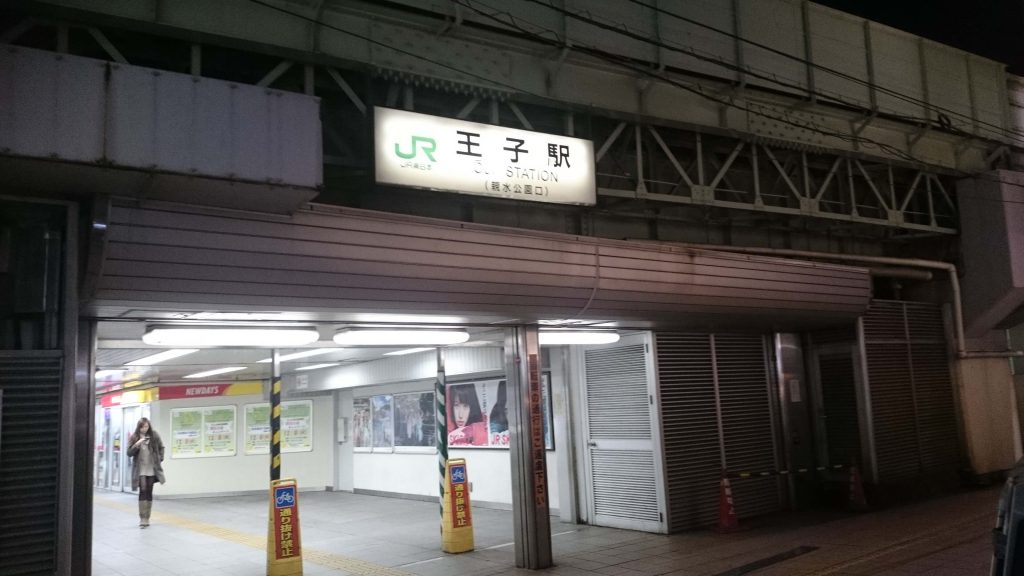
The photo above shows the exit closest to the shrine, “Shinsui Park Exit,” from Oji Station.
When you exit here, you immediately find yourself at the place shown in the next photo. The surroundings of this area have a somewhat underground atmosphere with ramen shops and internet cafes, contrasting with the more glamorous central exit on the opposite side.
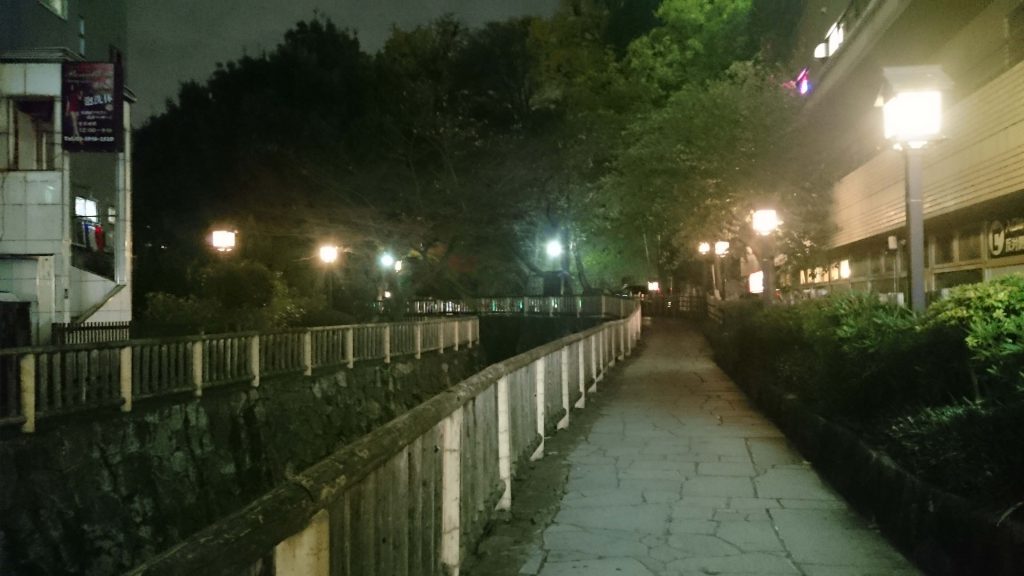
The photo above shows “Shinsui Park,” located just outside the “Shinsui Park Exit.” The lantern-like lights arranged at regular intervals along the path were very beautiful. This path leads to the shrine precincts and stretches for about 300 meters.
Incidentally, this path ends at the ward office.
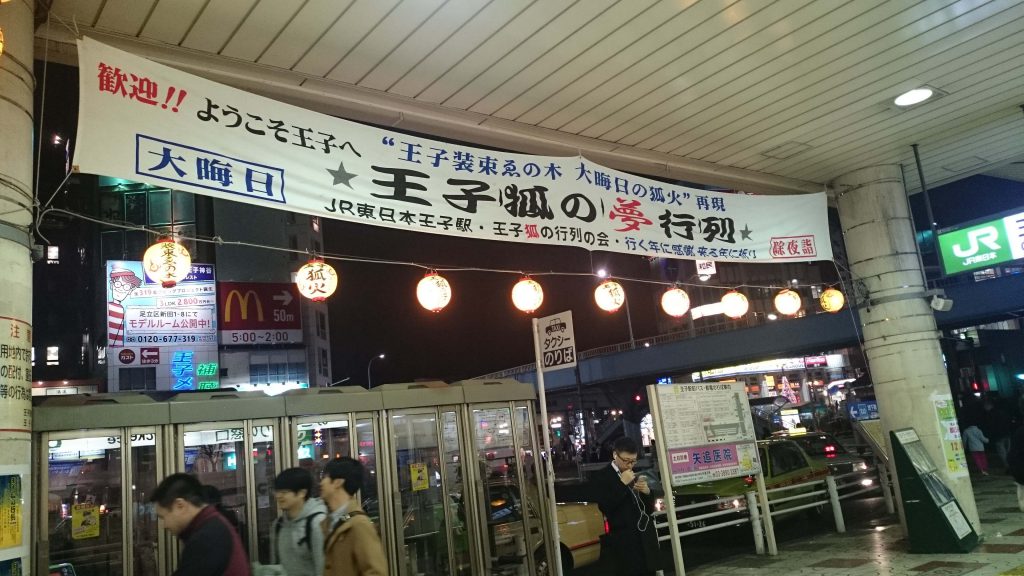
The photo above shows the view from the Central Exit of Oji Station.
This area is on the opposite side of the station from the shrine and gives off a typical station-front atmosphere with numerous restaurants and eateries. If you’re looking to grab a bite to eat, you might want to explore this area.
Additionally, the Oji area is famous for its legends related to foxes, and there is a festival on New Year’s Eve where people parade around dressed as foxes.
I definitely want to see that in the future.


